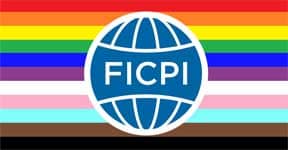The scope of works protected in Cambodia under copyright law is set to extend pursuant to Cambodia’s accession to the Berne Convention on 27th June 2020. This will bring the country’s copyright law in line with the Berne Convention.
On June 27, 2020, the King of Cambodia signed the Law on the Adoption of the Kingdom of Cambodia to be a Party to the Berne Convention for the Protection of Literary and Artistic Works of 1886, and its Amendment of 1979.
Presently, under the Law on Copyright and Related Rights, foreign works for the most part are not protected. In order to be granted protection, work is first published abroad and then brought to be published in Cambodia within 30 days of its first public communication (Article 3(1)).
Under the Berne Convention, works of another contracting state will be accorded the same protection in Cambodia as domestic works, without complying to any formalities. This will allow more robust and effective protection to foreign copyright owners.
Although Cambodia is a member of the World Trade Organization’s Trade-Related Aspects of Intellectual Property Rights, which requires members to comply with the Berne Convention, Cambodia was granted a limited exemption as a least-developed country from compliance with TRIPs obligations until July 1, 2021.
An implementing regulation is expected to be enacted within the coming months, to enter into force three months after the WIPO Director -General issues a notification relating to depositing of the instrument of accession.
FICPI’s view and involvement
As the only worldwide membership body for independent IP attorneys, FICPI is uniquely placed to ensure that its members benefit from insights and counsel from a wider external perspective in terms of sectors and countries. The FICPI member directory offers a way to connect with people who share common goals, concerns and a commitment to quality to build professional and personal relationships around the world.
Next steps
- Stay tuned for the implementing regulations, to be enacted over the coming months.
- Consider joining FICPI’s Study & Work Committee (CET) on Asian Issues.
